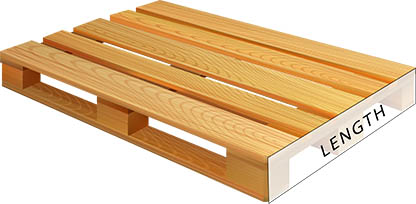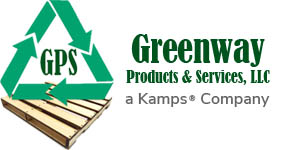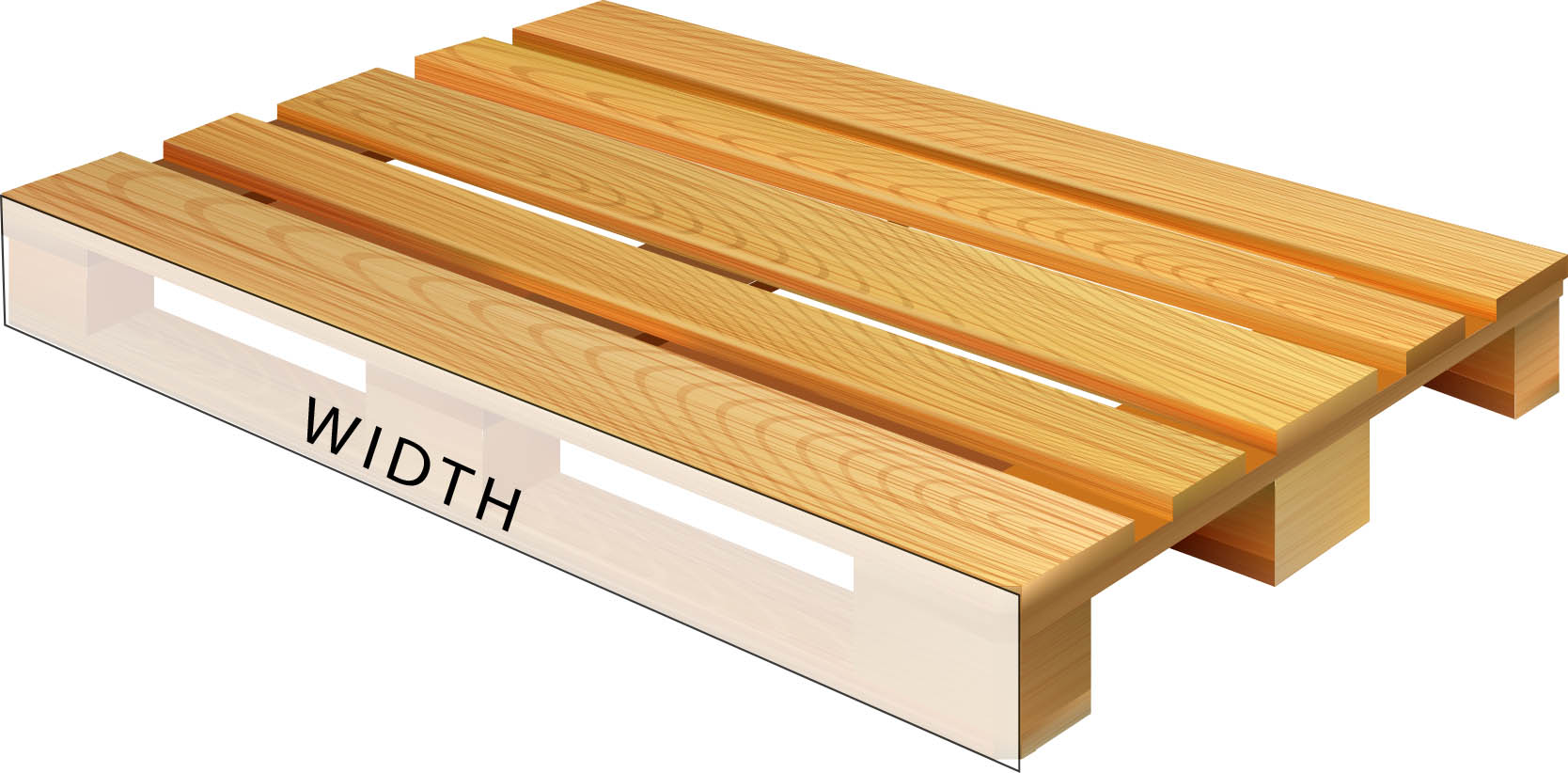Often buyers’ pallet specs have evolved over time, and they may wonder if their requirements still reflect their needs, or do they add unnecessary costs to their orders. Over time, it may become less clear to purchasers how their quote requests translate into the design of the pallets they order.
 For example, is there a difference between a 40×48 vs. 48×40 pallet? Turns out there is. The first number represents the length of the pallet, the second is the width of the pallet. Don’t know which side is the length, and which is the width? The difference may be important.
For example, is there a difference between a 40×48 vs. 48×40 pallet? Turns out there is. The first number represents the length of the pallet, the second is the width of the pallet. Don’t know which side is the length, and which is the width? The difference may be important.
To help buyers and purchasers, Greenway Products & Services has posted a visual, interactive guide to make it quick and simple to see the differences between pallet types such as stringer and block, and each of the pallet components.
Make it easy on yourself – bookmark Greenway’s Pallet Types and Parts Reference Guide.
The common GMA pallet measures 48×40, or has a length of 48 inches, and a width of 40 inches. What’s the difference between length and width? The length measures how long the length of the pallet stringers, often referred to as the side view. The width of the side notches or cut outs in the stringer determine the opening and accessibility for forklift tines from that side. The length of these side notches is referred to as the pallet’s span.
The pallet width measures the deck board length, or the size of the front view. This side has the largest opening to accommodate any forklift tine.
Spacing refers to the distance between top deck boards, and determines how much weight the pallet can support. Whereas the span determines whether the pallet can be used as a 4-way, or only 2-way pallet, if the span distance is too small.
Have questions about how to quote a custom pallet?
Having a good understanding of the pallet parts is especially helpful when ordering custom pallets to move unusually large and small products. Which is why we made our guide easy to use. Have questions about how to quote a custom pallet? Give us a call, or send us an email. We will work up a pallet design that keeps your product moving, at the least expense – both in pallet costs and in transportation costs. We are here to help to take a load off your work, getting you the right pallets at the right time.
Talk to Us
We have over 40 years of experience supplying the largest producers in the Northeast with pallets designed to meet their specific needs.




Leave A Comment